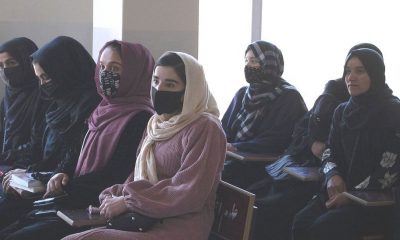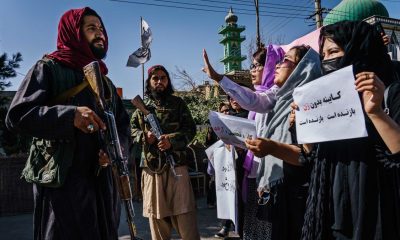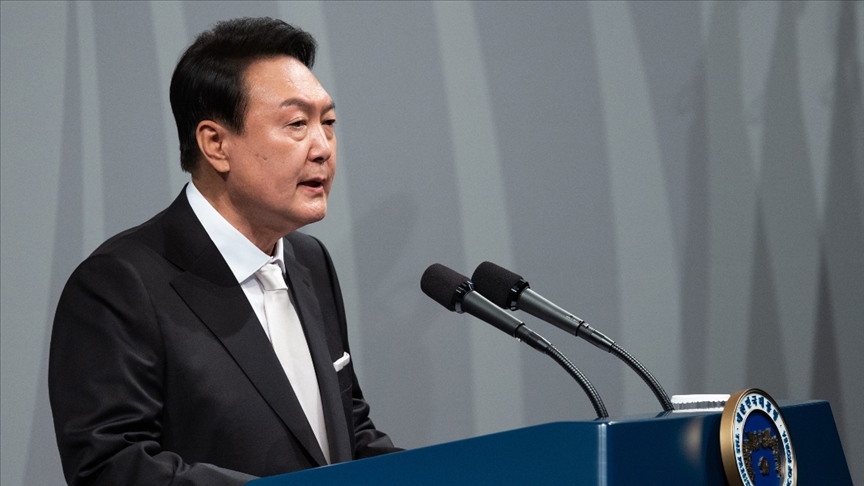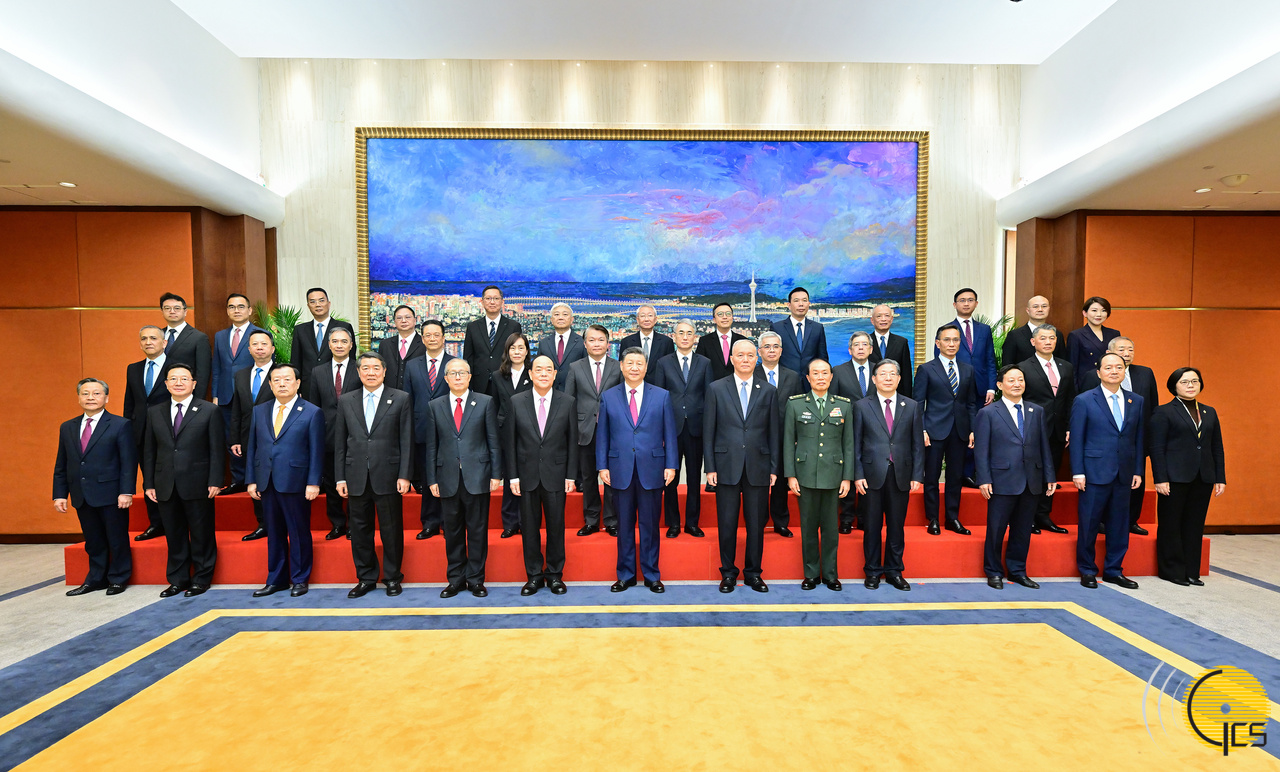As the world marks International Women’s Day, the Afghan women have called on the Taliban to recognize their fundamental rights to education.
A number of women took to the streets in Afghanistan’s capital city Kabul and called on the Taliban to remove restrictions and let them study and work.
One of the protesters told Harici that the world marks this day (8th of March) to honor women and extol their struggle for the rights to education and work. “But in Afghanistan we can’t celebrate this day. Because our rights to education and work have been taken away,” Najebai said.
“Women are going to schools and workplaces in other Islamic countries, why not in Afghanistan,” she questioned.
Najebai said that women can work in government and NGOs in countries like Pakistan, UAE, Saudi Arabia, and several other countries, so what is “exceptional in my country” Afghanistan.
At the end, the demonstrators in a statement called on the world that does on forget the current challenges of the Afghan women.
One another protestor called on the international community to pay attention to the current situation of the Afghan women. “Taliban has promised work and education for the girls and women during Doha talks. It is time to deliver on them,” Fawzai, a protester said.
“We have no way to go. Schools, universities, and workplaces are closed for us,” she said, lamenting that gyms, parks are also banned. The protestors also chanted “life, justice, freedom.”
Their basic rights
The Taliban seized power in 2021, but since then they have barred girls from schools and women from universities and workplaces. Apparently, the Taliban stripped them of their basic human rights, but the Taliban said they are committed to the rights of women and girls and that their rights are preserved within Islamic laws.
Meanwhile, former President Hamid Karzai, ex-chairman of the High Council for National Reconciliation Abdullah Abdullah, UN Secretary General Antonio Guterres, the UNAMA head and several other officials from foreign countries have expressed concern over the rights of women in Afghanistan.
“Women comprise half of Afghan society and they could play a key role in the development of humanity,” Karzai said in a tweet post. He supported accesses of women to education and work and called on the Taliban to reopen educational gates for them.
Dr. Abdullah also called for the fundamental rights of women and girls to education. Education is their rights and women must be allowed to work.
“Women and girls everywhere are demanding their rights – and their words reverberate around the world. Investing in women and girls is the surest way to uplift all people, all communities and all countries,” UN Secretary General António Guterres tweeted.
Advocating for Afghan women rights
The United Nation Assistance Mission in Afghanistan (UNAMA) in a statement said that “Afghanistan under the Taliban remains the most repressive country in the world regarding women’s rights, and it has been distressing to witness their methodical, deliberate and systematic efforts to push Afghan women and girls out of the public sphere.”
“Will continue to advocate for Afghan women,” the US special envoy for Afghan women and human rights, Rina Amiri said.
Moreover, twenty three foreign ministers called attention to the plight of women and girls, saying they “unite in acknowledging the extraordinary courage of women and girls in Afghanistan.”
In a joint statement, the foreign ministers of Australia, Belgium, Bulgaria, Canada, Denmark, Finland, France, Germany, Italy, Japan, the Kingdom of Saudi Arabia, the Netherlands, New Zealand, Norway, Qatar, the Republic of Korea, Spain, Sweden, Switzerland, Türkiye, the United Arab Emirates, the United Kingdom, the United States and the High Representative of the European Union said over the past year and a half, Afghanistan has seen one of the steepest declines globally in the respect for the human rights of women and girls.
“Afghan women and girls have been denied access to secondary education, to higher education, to public and political spaces, and to employment opportunities. Services for supporting victims of gender-based violence have been largely dismantled,” they added.
Taliban should reserve decision on women’s education
They said that unless reversed, the harmful effects of these reprehensible measures will be devastating and irreparable for Afghanistan’s economy and society – effects that will be felt by every Afghan.
“The full respect for the human rights and fundamental freedoms of women and girls and their equal and meaningful participation in society are not only goals in themselves but also are prerequisites for sustainable economic and political development, social cohesion, stability, and peace in Afghanistan.”
They reassured support for women and girls’ full access to quality education at schools and universities and women’s unrestricted ability to work in all sectors, including humanitarian assistance and basic services delivery, equitable and comprehensive delivery of which is impossible without full participation of women.
These countries, including Saudi Arabia, Turkey and UAE called on the Taliban to respect all people of Afghanistan, deliver on their commitments to the Afghan people and the international community, and reverse all decisions and practices restricting women’s and girls’ exercise of their human rights and fundamental freedoms.
Taliban committed ensuring women’s rights
The Taliban said that they are committed to respecting women’s rights within the framework of Islamic Law, emphasizing that they will never accept or allow the foreigners to interfere into the internal affairs of Afghanistan.
“The Islamic Emirate regulates the internal affairs of its country in a good manner and according to the supreme interests of the country and its Islamic values and according to the beliefs of the people of Afghanistan. It is better for external sides to fulfill their responsibilities and obligations. The fact that the people of Afghanistan are suffering from the outside and getting hurt should be resolved,” local news agency ATN quoted Bilal Karimi, Taliban’s deputy spokesperson as saying.

 EUROPE1 week ago
EUROPE1 week ago
 OPINION2 weeks ago
OPINION2 weeks ago
 OPINION1 week ago
OPINION1 week ago
 DIPLOMACY2 weeks ago
DIPLOMACY2 weeks ago
 OPINION2 weeks ago
OPINION2 weeks ago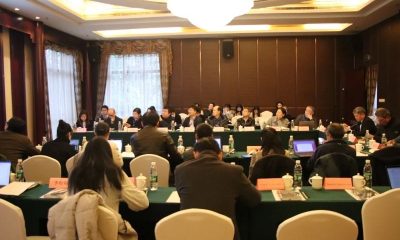
 ASIA1 week ago
ASIA1 week ago
 MIDDLE EAST1 week ago
MIDDLE EAST1 week ago
 MIDDLE EAST2 weeks ago
MIDDLE EAST2 weeks ago




